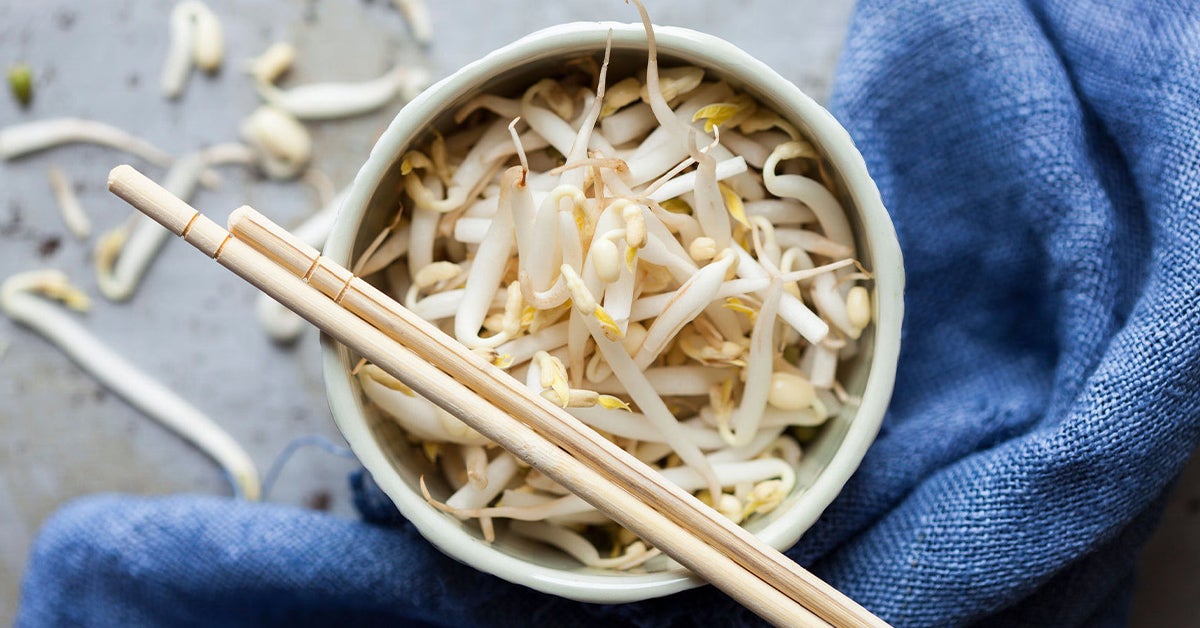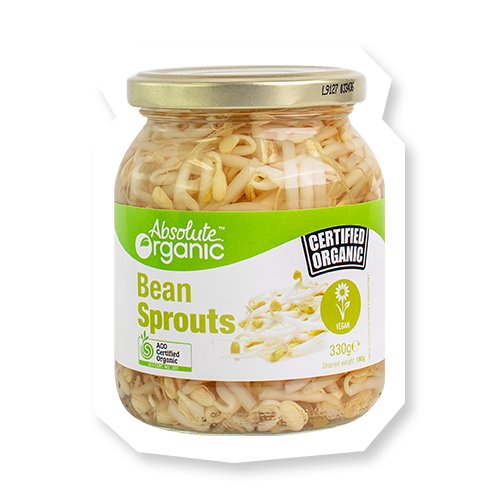


In recent years, studies have shown that the sprouts of mung beans after germination have more obvious biological activities and more plentiful secondary metabolites since relevant biosynthetic enzymes are activated during the initial stages of germination. High levels of proteins, amino acids, oligosaccharides, and polyphenols in mung beans are thought to be the main contributors to the antioxidant, antimicrobial, anti-inflammatory, and antitumor activities of this food and are involved in the regulation of lipid metabolism 3). As a food, mung beans contain balanced nutrients, including protein and dietary fiber, and significant amounts of bioactive phytochemicals. The seeds and sprouts of mung beans are also widely used as a fresh salad vegetable or common food in India, Bangladesh, South East Asia, and western countries 2).
#Bean sprout calories skin
In the book Ben Cao Qiu Zhen, the mung bean was recorded to be beneficial in the regulation of gastrointestinal upset and to moisturize the skin 1). It is well known for its detoxification activities and is used to refresh mentality, alleviate heat stroke, and reduce swelling in the summer. The mung bean has been consumed as a common food in China for more than 2,000 years. The best grade mung beans is the one lustrous, big size round shape and easy broken when boiled. Skin color of mung bean can be classified into dark green or green black. Mung bean is commonly used as an ingredient in both savory and sweet dishes across Asia. The mung bean is mainly cultivated in Pakistan, India, China, Korea, and Southeast Asia.

Mung bean (Vigna radiata) are also known as the moong bean, green gram, or mung, is a plant species in the legume family.


 0 kommentar(er)
0 kommentar(er)
